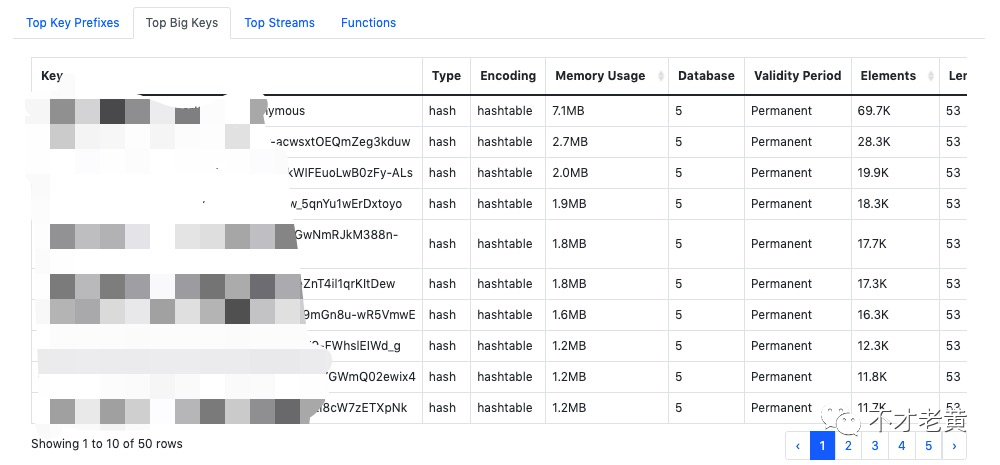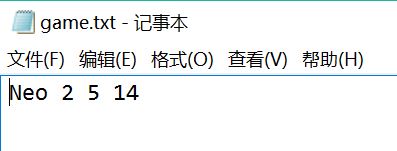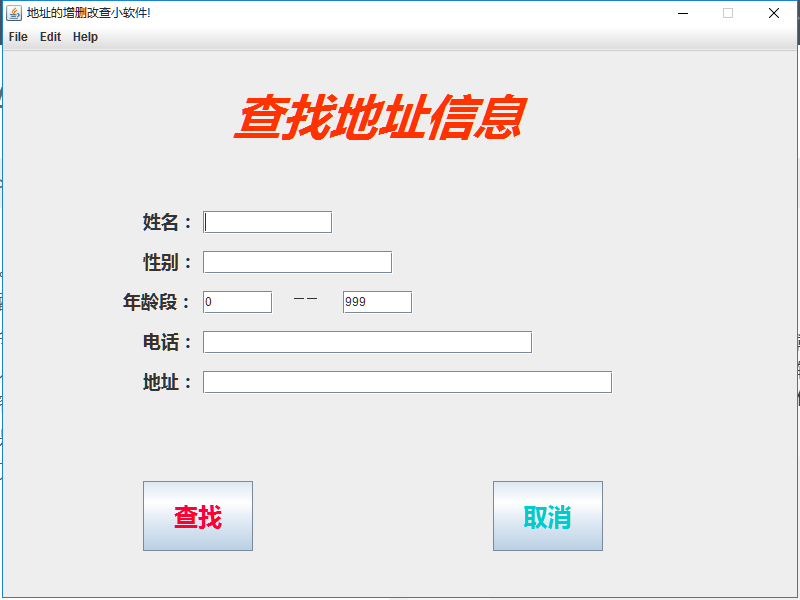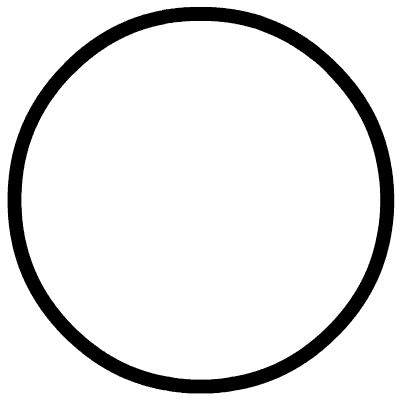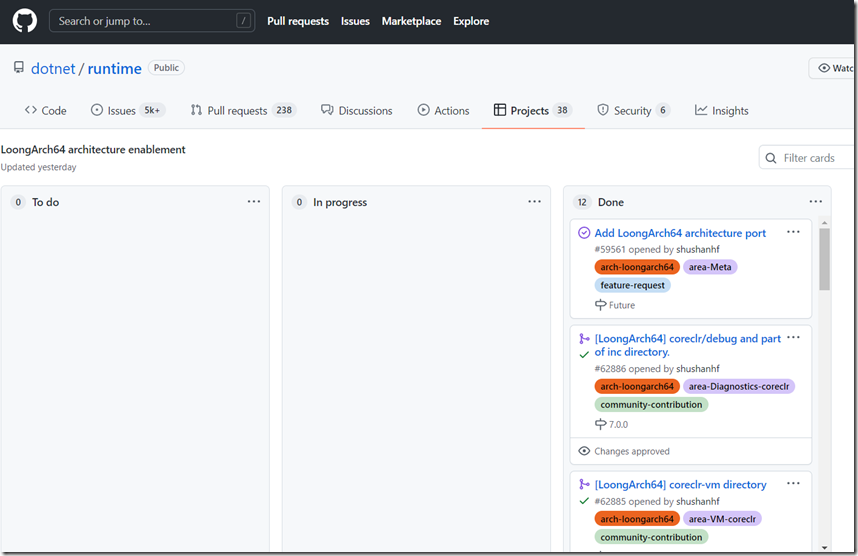前言
使用linq的时候大家应该都知道IEnumerable和IEnumerator接口!
解释一下
IEnumerable 它利用 GetEnumerator() 返回 IEnumerator 集合访问器,声明实现该接口的class是“可枚举(enumerable)”的 通俗点说就是可进行迭代操作的类型。
IEnumerator解释:它是一个的集合访问器,使用foreach语句遍历集合或数组时,就是调用 Current、MoveNext()的结果。
例子
今天给大家讲讲迭代器的原理 我们自己实现一个UserInforMationList
我这里定义一个UserInforMationModel和UserInforMationList类
public class UserInforMationList{public UserInforMation[] _UserInforMations;public void Add(UserInforMation[] userInforMations){_UserInforMations = new UserInforMation[userInforMations.Length];for (int i = 0; i < userInforMations.Length; i++){_UserInforMations[i] = userInforMations[i];}}}public class UserInforMation{public string UserName { get; set; }public string Sex { get; set; }}
使用我们的测试方法,发现我们的代码报错了UserInforMationList不包含 GetEnumerator的公共实例,因此不能使用ForEach.
那么我们要怎么实现Foreach了那就要用到IEnumerator、IEnumerable!
提示告诉我们缺少一个GetEnumerator的公共实例
我们看下IEnumerable接口
public interface IEnumerable{[DispId(-4)][__DynamicallyInvokable]IEnumerator GetEnumerator();}Enumerable接口刚好返回一个GetEnumerator 然后再看一下IEnumerator
IEnumerator接口为类内部的集合提供了迭代方式, IEnumerator 要求你实现三个方法:
public interface IEnumerator{[__DynamicallyInvokable]object Current{[__DynamicallyInvokable]get;}[__DynamicallyInvokable]bool MoveNext();[__DynamicallyInvokable]void Reset();}看了这两个接口就可以知道我们的UserInforMationList:要继承这个IEnumerable接口 这个接口返回的是一个GetEnumerator。观察这方法,
public IEnumerator GetEnumerator(){throw new NotImplementedException();}需要返回一个叫做IEnumerator的接口,因此,一个类要想可迭代,还需要进一步实现IEnumerator类,这个才是真正获取到的迭代器,
那我们再定义一个UserInforMationEnumerator继承于GetEnumerator然后实现这三个方法,
MoveNext方法:该方法将集合索引加1,并返回一个bool值,指示是否已到达集合的末尾。
Reset方法:它将集合索引重置为其初始值-1,这会使枚举数无效。
Current方法: 返回position位置的当前对象
public class UserInforMationEnumerator : IEnumerator{public UserInforMation[] _userInforMations;public int _Index = -1;public UserInforMationEnumerator(UserInforMation[] userInforMations){_userInforMations = userInforMations;}public object Current => _userInforMations[_Index];public bool MoveNext(){_Index++;return _Index < _userInforMations.Length;}public void Reset(){_Index = -1;}}这样我们就实现了自己的迭代器。
然后我们跑一下代码

我们调用GetEnumerator的时候,看似里面for循环了一次,其实这个时候没有做任何操作。只有调用MoveNext的时候才会对应调用for循环:
现在我想可以回答你为什么Linq to Object中要返回IEnumerable?:
因为IEnumerable是延迟加载的,每次访问的时候才取值。也就是我们在Lambda里面写的where、select并没有循环遍历(只是在组装条件),只有在ToList或foreache的时候才真正去集合取值了。这样大大提高了性能。
最后大家如果喜欢我的文章,还麻烦给个关注并点个赞, 希望net生态圈越来越好!






